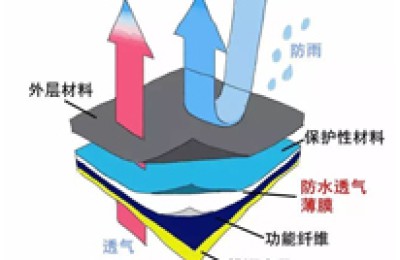Vietnam’s export data for the first half of the year has come out, let’s talk about the results directly! In the first half of the year, Vietnam’s clothing exports ranked second in the world after China, hitting a record high of US$22 billion, an increase of 23%. Although the data for June is not available here, we can also see that the data from January to May reached US$62.22 billion, a year-on-year increase of 10.2%. Although part of the cake was taken away, the total number still ranked first.
I believe everyone has heard that orders from Vietnam have been received in the third quarter, and there are even cases of refusal to accept orders. Now Vietnam basically receives some relatively low-end varieties, and high-end products cannot be produced in Vietnam.
The sudden emergence of Vietnam has made many textile bosses anxious. Many large companies have built factories in Vietnam, but they rely heavily on cities with complete infrastructure like Ho Chi Minh City. Other backward cities are extremely inefficient. From the perspective of the textile industry, Vietnam’s start-up rate is significantly ahead of the country. At the same time, the export of textile machinery is booming and production capacity is being moved overseas. But in terms of volume, domestic manufacturing revenue has reached 95 trillion in the first eleven months of 2019. Vietnam is still just making a small splash. After all, it is the foundation that is too weak that leads to rapid growth. In terms of population and land, Look, it is impossible to completely undertake the transfer of domestic orders.
On the contrary, looking at it now, our foreign trade people will have a lot of room for development in the future:
Outdoor economic effects drive the textile industry
The epidemic has forced people to stay at home for a long time. This is like a spring. If it is pressed for a long time, it will rebound. Maybe camping and other outdoor activities that seemed very normal before the epidemic have become extraordinarily special now. As the overseas epidemic situation generally eases, the demand for outdoor clothing, camping tents, etc. has increased, and outdoor fabrics have also become a new focus. Fabrics such as Oxford cloth have become very hot products. It can be seen that in May, the inventory of woven gray fabrics actually declined due to this wave of effects.
International demand continues to recover
Against the background that the world is generally unblocking from the epidemic, international demand continues to recover. As more and more countries adopt more flexible anti-epidemic lockdown policies and economic openness continues to improve, demand has been better boosted. Moreover, during the epidemic, consumers prefer durable products and daily necessities. After these products have been overdrawn in advance, , consumption will shift to other areas, such as clothing and service industries, and terminal demand is expected to be driven.
Sino-US tariffs may be lifted
Since the United States imposed additional tariffs on China in 2018, my country’s textile and apparel products have experienced a downturn in the U.S. market. That year, the United States imposed an additional 7.5% tariff on clothing products imported from China on top of normal tariffs. After the tariff increase, the growth of my country’s textile and apparel products exported to the United States began to show weakness, and its proportion in total U.S. imports also declined significantly. As my country’s textile and apparel products are exported to the U.S. market, tariffs have increased and countries such as Vietnam have taken advantage of the situation to increase their exports to the U.S. market, thus continuously squeezing the share of my country’s textile and apparel products in the U.S. market. However, there has been news recently that this part of the tariff is expected to be lifted, so these orders that have been snatched away will “reflow” and return to our hands.
It can be said that the epidemic has become normalized this year, and the recovery of overseas markets is definitely a good signal for us textile people. Although there are still many uncertain factors, such as crude oil fluctuations, only when the market conditions recover, our textile talents will You have the right to speak, otherwise you will always have to passively follow the upstream. Now is the time to seize the opportunity to break the ice!
</p






